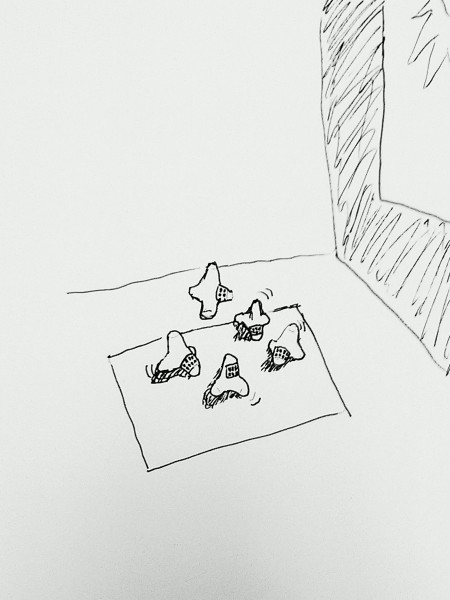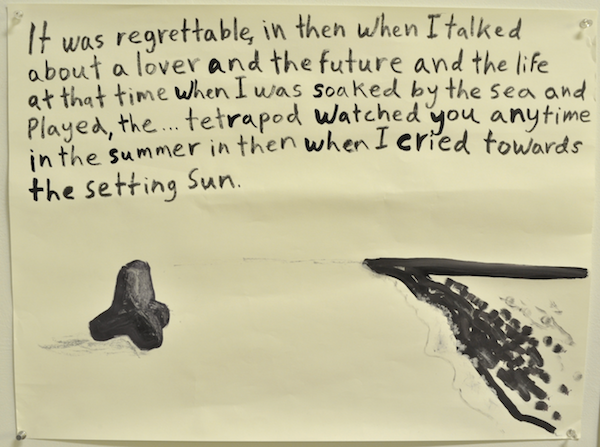Tetrapods Project, Residency at the Contemporary Artists Center at Woodside July 2013
I used this 2 week residency to prototype an edition of small solar-powered vibrating latex sculptures, intended be installed for display purposes in a space where sunlight will activate the devices, causing them to move slowly around the floor of the space.
Tetrapods is also a continuation of my Bad Ideas series, which focuses on the artistic value of failed solutions to real or imaginary problems. I am inspired by commodity fetishism, and the displacement of longing and desire (sexual or otherwise) onto the object that can be bought and had; I seek to create objects that at once trigger and thwart or redirect that desire. The Tetrapods will function partly as a fake consumer item aimed at the environmentally-conscious sex-positive market; by attempting to solve the market-created problem of readily-consumable handmade sex toys (I will attempt to source materials “natural” and/or post-consumer) and also the problem of renewable power, an object is created that does not serve its primary function, and therefore can only be classed as either a failure, or sculpture.
I am also interested in the problem of domestic manufacturing in an age of globalization, and am attempting to engage my own helplessness as a consumer of electronics that are manufactured by opaque processes in factories far away. I come to this project with some understanding of casting, and only a rudimentary knowledge of electronics, so a large part of this project will be me teaching myself how to “artisanally” create something that could be mass-produced in a factory in Shenzhen in no time at all.
The primary shape I am using as inspiration for the sculptures is the tetrapod. Originally developed in 1950 by Laboratoire Dauphinois d’Hydraulique in France as a modular artificial breakwater to prevent coastal erosion, these four-legged reinforced-concrete structures have proved to be totally ineffective at protecting coastlines, but have gained a cult status in some circles for their sleek, anthropomorphic mid-century design. These failed structures often harm the systems they were intended to protect, but nonetheless have inspired tributes in the form of toys, interior furnishings and origami. A solar-powered vibrator seems like a logical homage to this catastrophic intersection of design, environmentalism and technology, and the desire to reduce these giant pseudo-sculptural objects to a human scale provides an interesting analogy with the DIY movement, which seeks to demystify and personalize material culture, all the while activating a different set of fetishes.




